Your basket is currently empty!
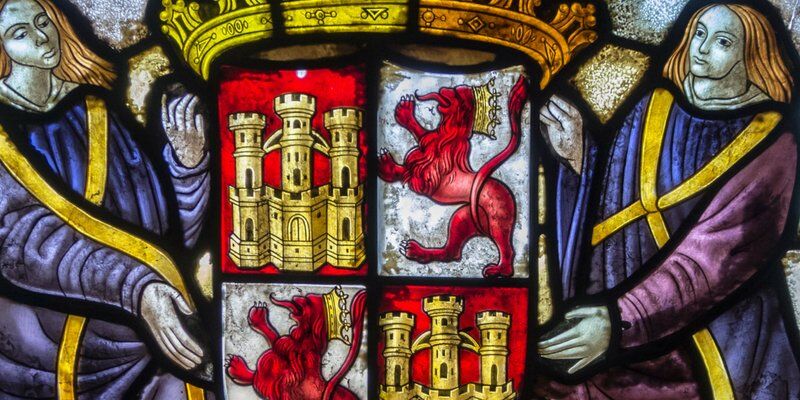
Heraldry Through The Ages
Posted on
Heraldry Through The Ages
It is generally of the belief that in its beginning, heraldry originally had a strong military purpose. Men in armour were very difficult to recognise.
For example, William the Conqueror had to remove his helmet in the midst of the battle of Hastings. He did this in order to prove himself to his followers who were thinking that he was killed.
Thus the need for identification or distinction from one’s enemies became essential, especially when the closed helmet was developed.
Heralds
By the 13th century, the rules and the terminology that we know today started to form. Specialists in the field became known as heralds. They were appointed and it was their task to set forth and document all arms in existence . This ensured that duplication did not occur.
Blazon, a heraldic term, originated with the custom of blowing a trumpet. This was to announce the arrival of a knight at the joust or tournament. The blast was answered by the heralds who described and explained aloud the arms borne by the knight.
In ancient times, crests and mottoes may have been used by all. With the passing of the centuries some have been omitted or forgotten.
Decorative Art
With the suppression of private armies, and the gradual disappearance in the 16th century of both tournaments and closed helmets, the sporting and military uses of heraldry became less important. At thus time it became rather a decorative art.
Coats of arms were carved over doorways, woven on tapestries, placed in stained glass windows and engraved on silver.
Many heralds attempted to “collect” as many arms for their published works as they could. This was an arduous task obviously with limits because of the inability to travel or communicate over vast regions.
In addition, through the ages, vast numbers of heraldic records have been lost. Indeed, many coats of arms aren’t found in reference books of today.
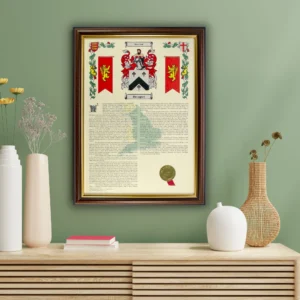
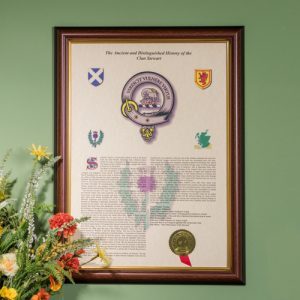

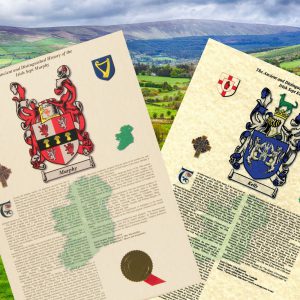
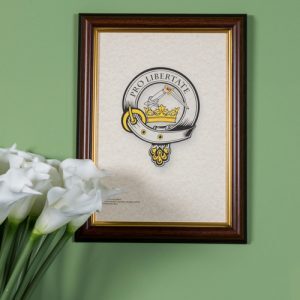
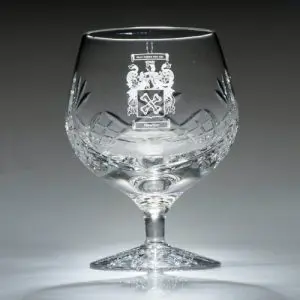
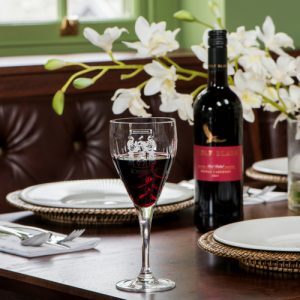
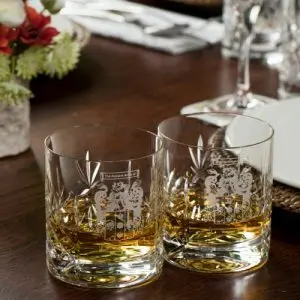

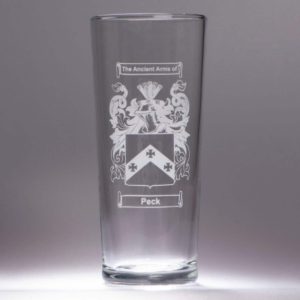


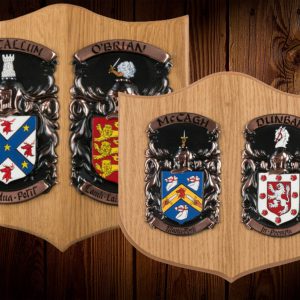
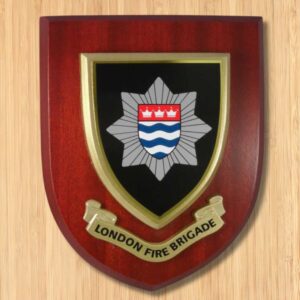
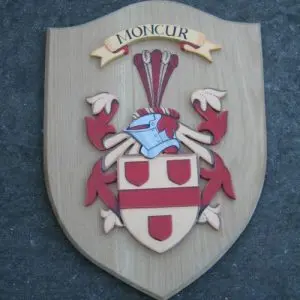
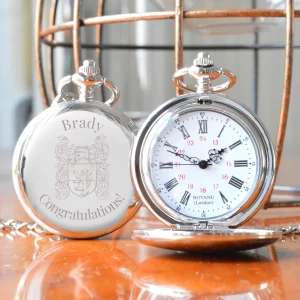
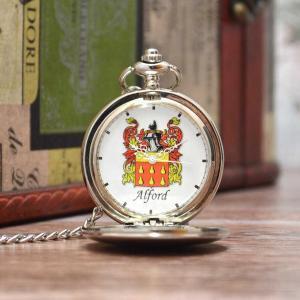

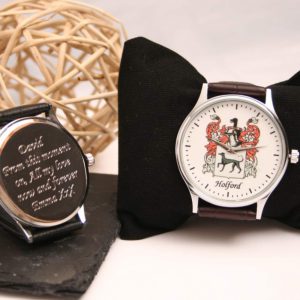


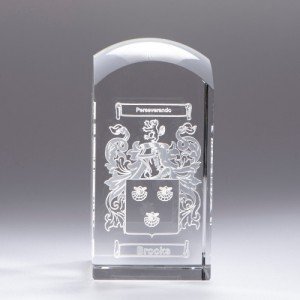

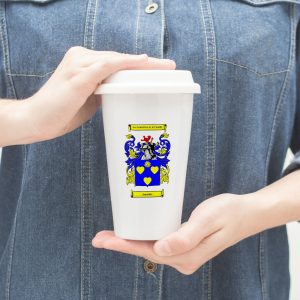

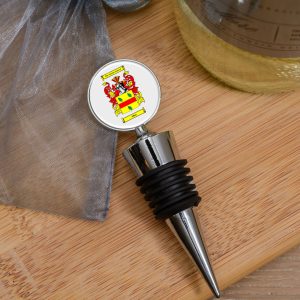
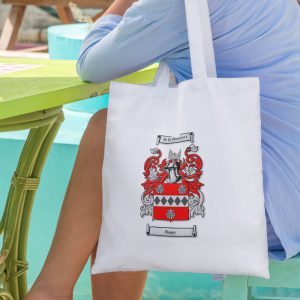


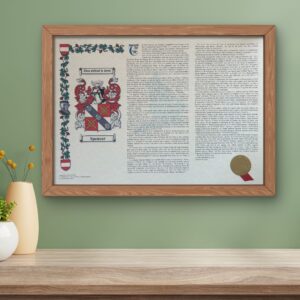
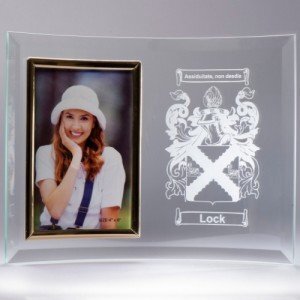

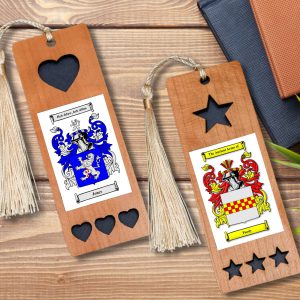



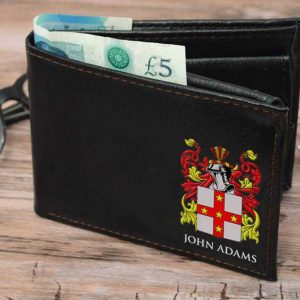

Leave a Reply